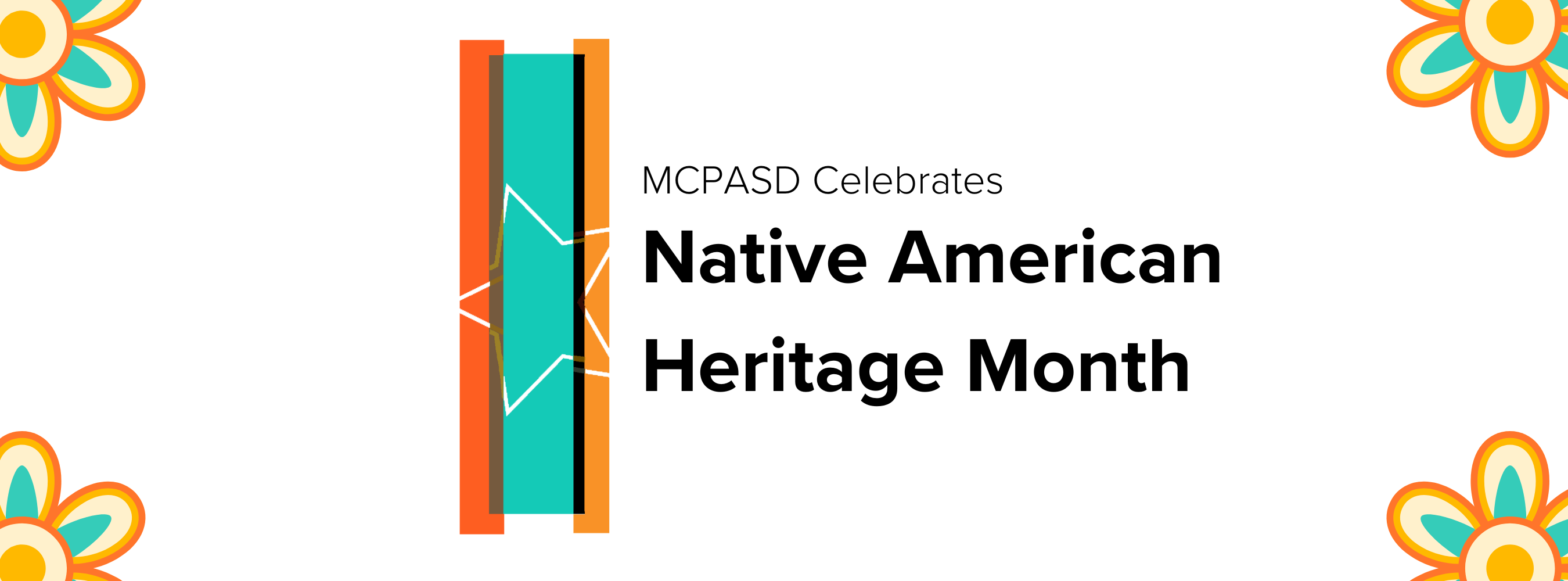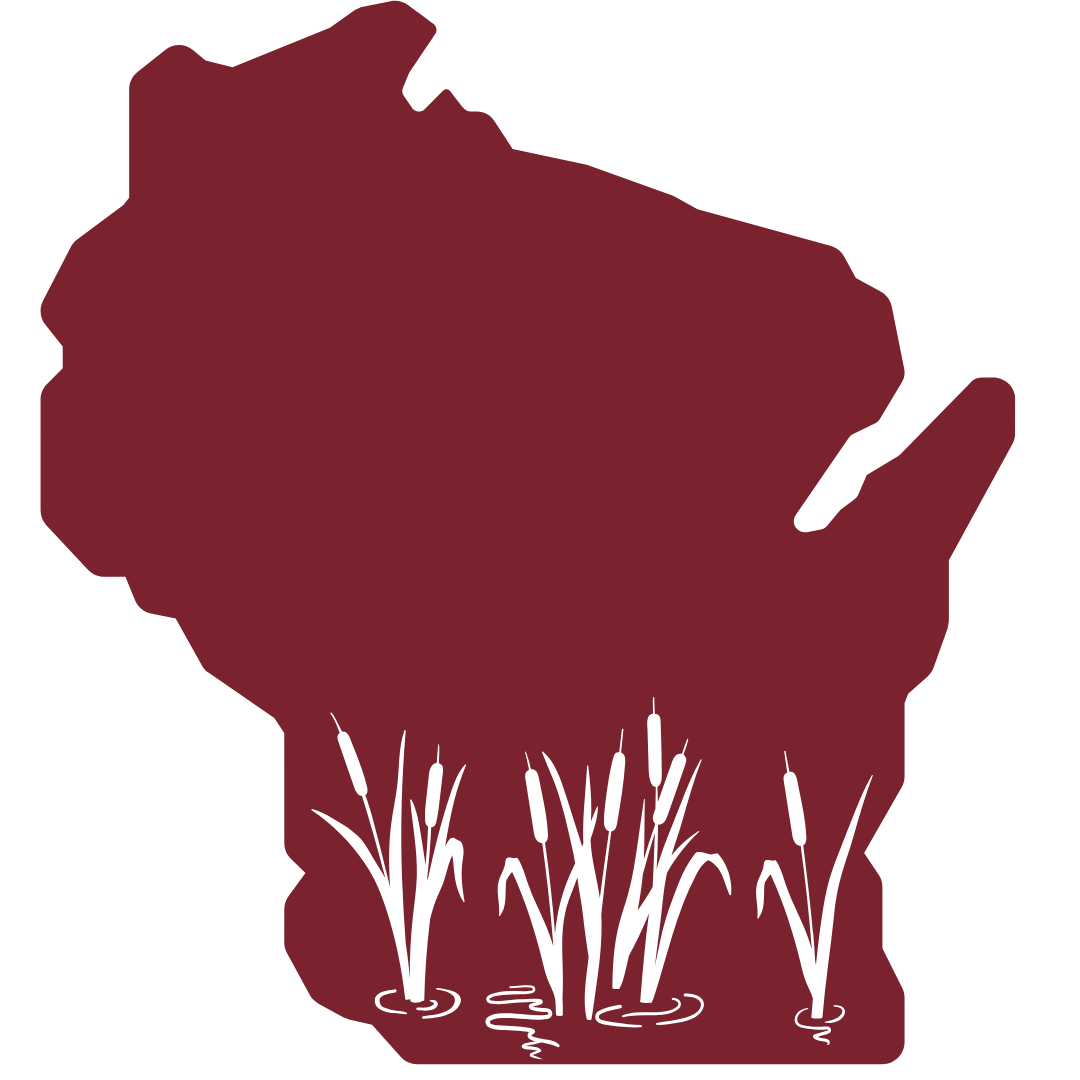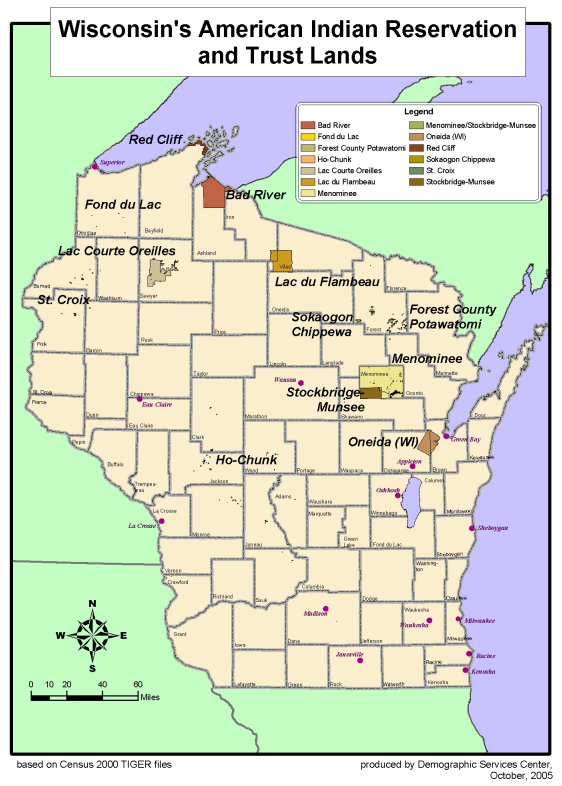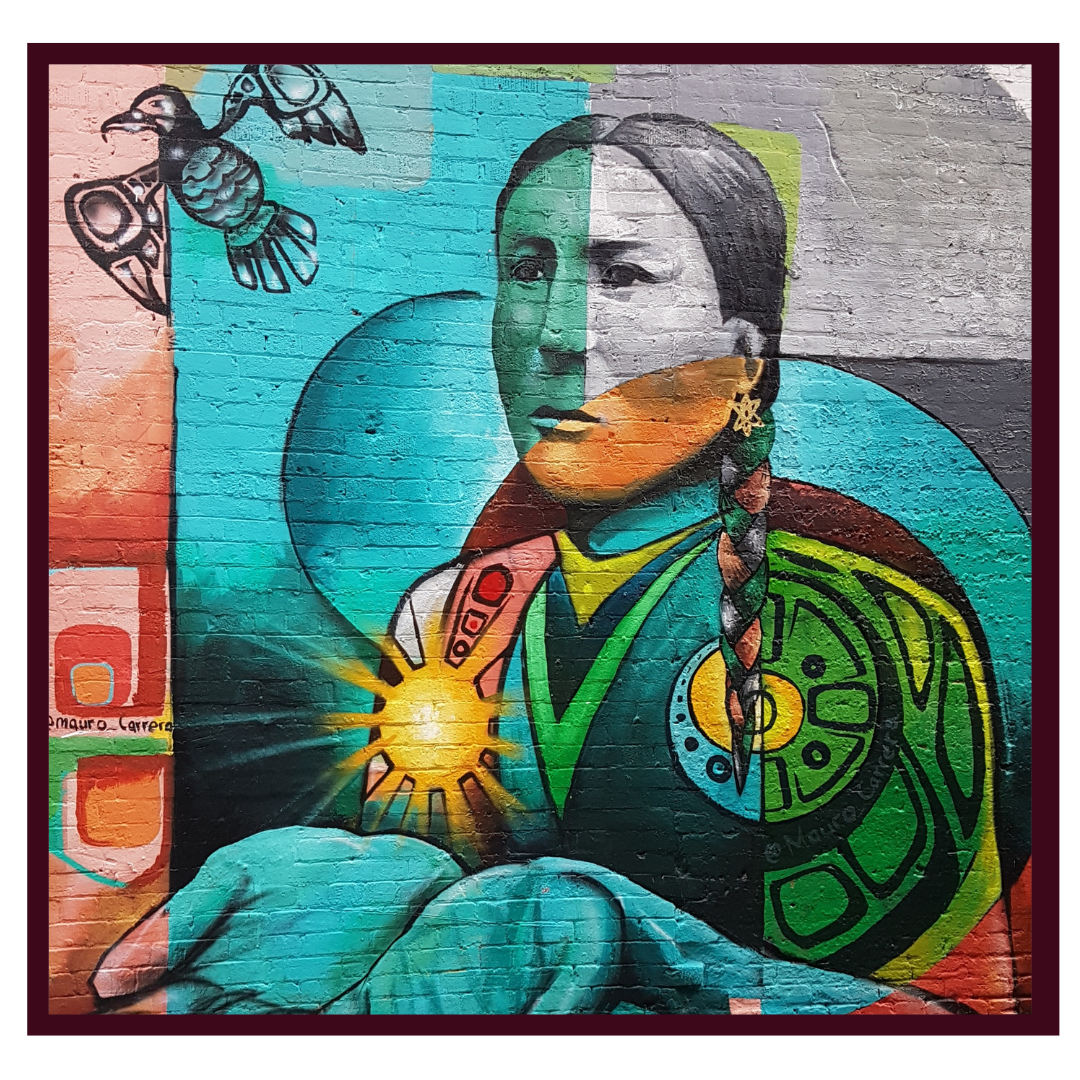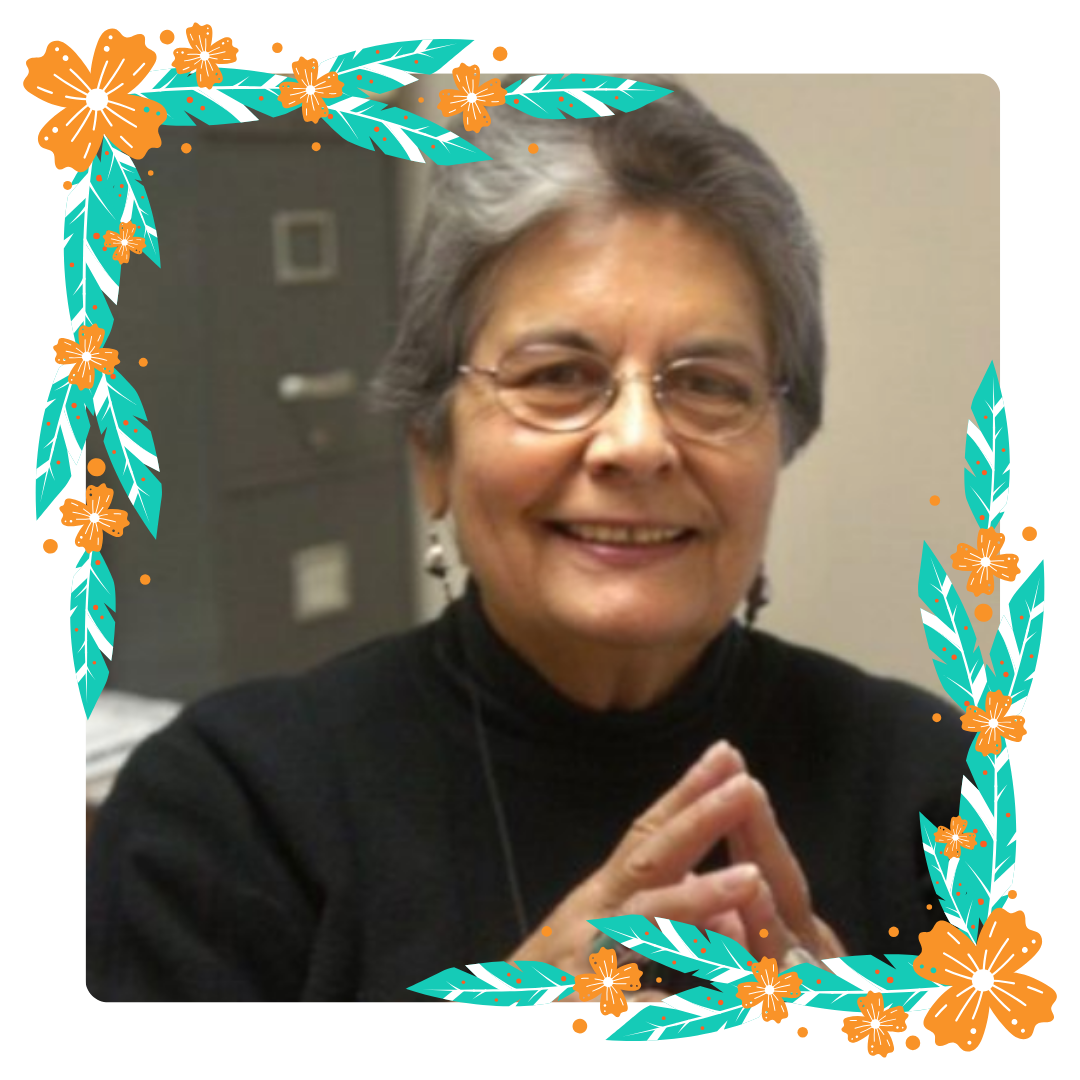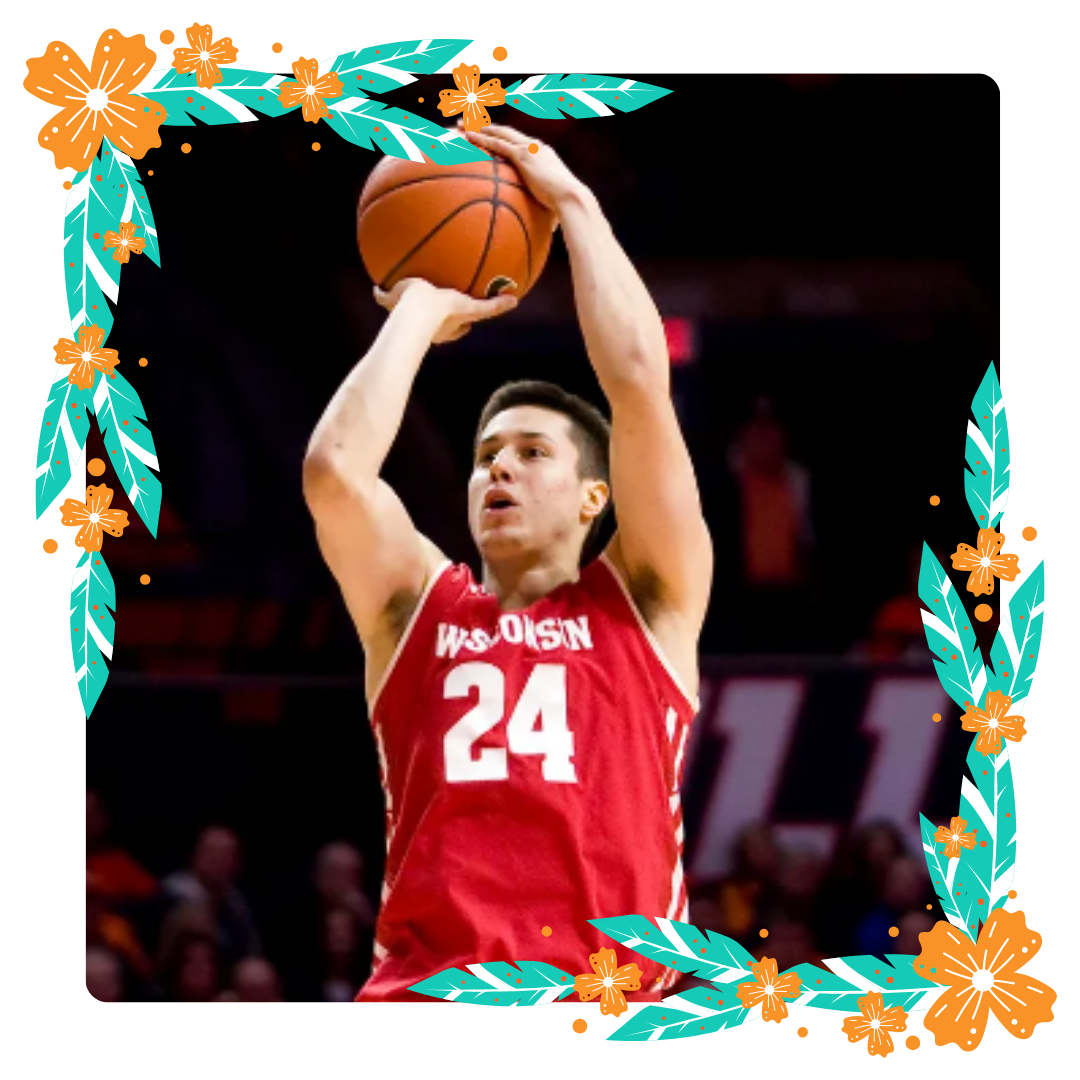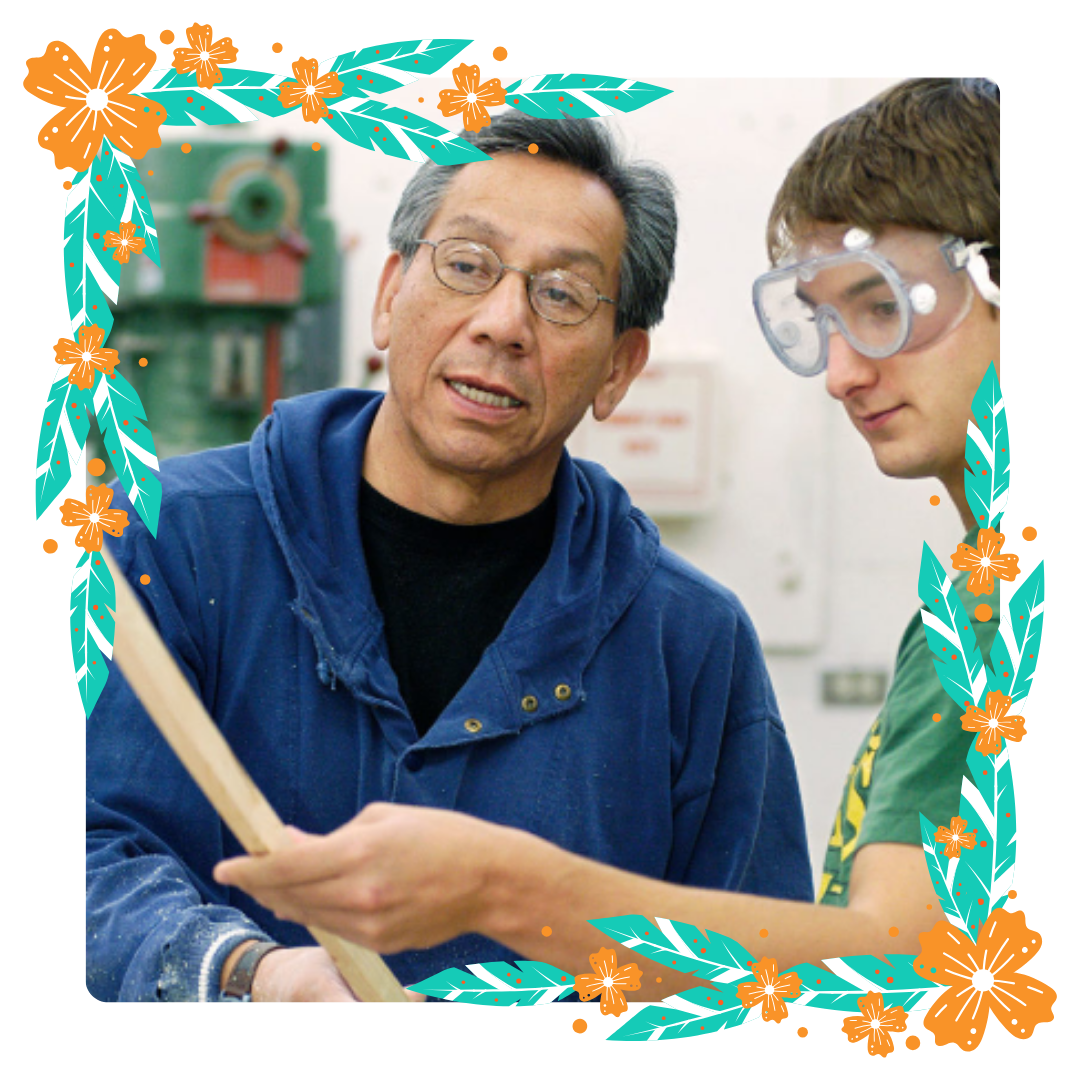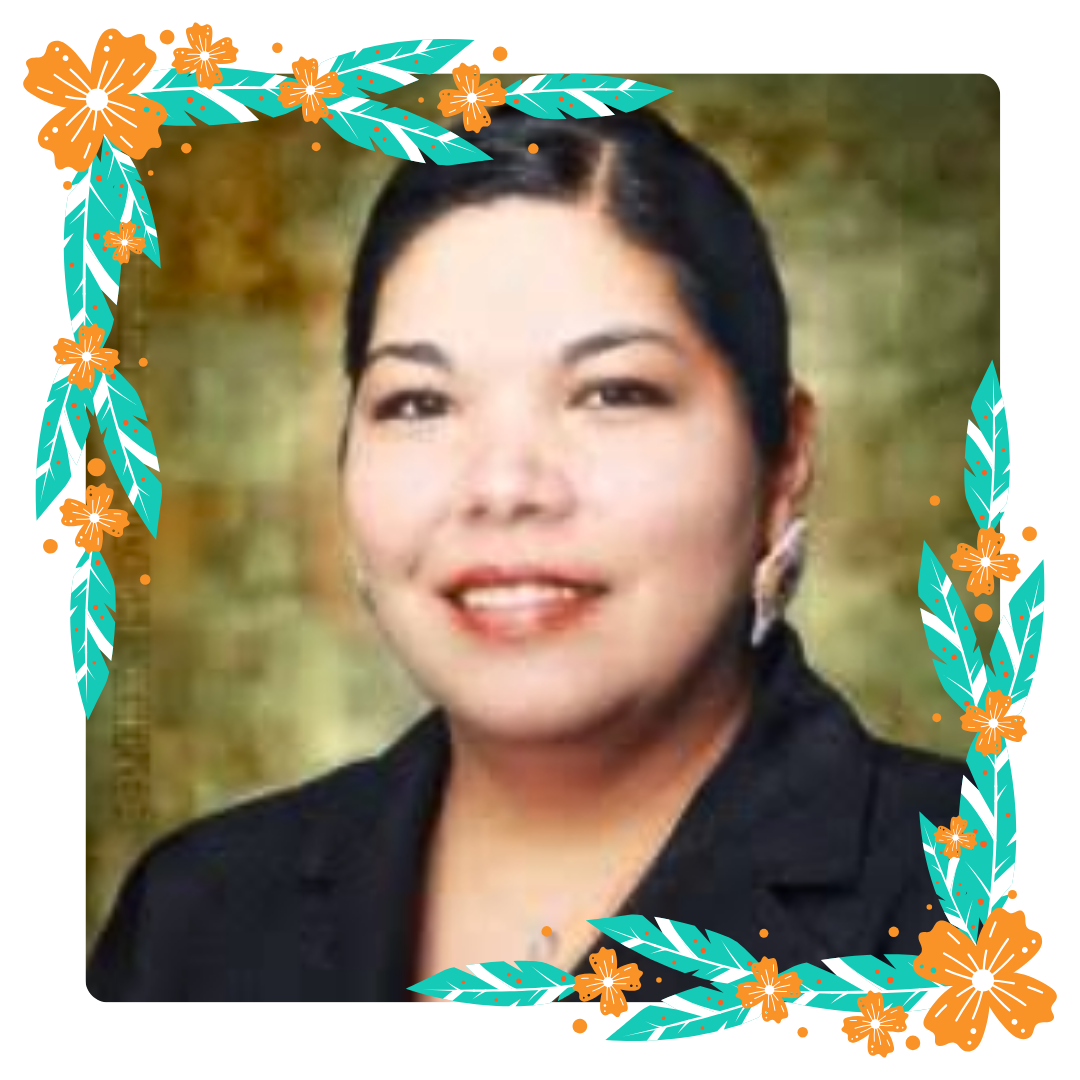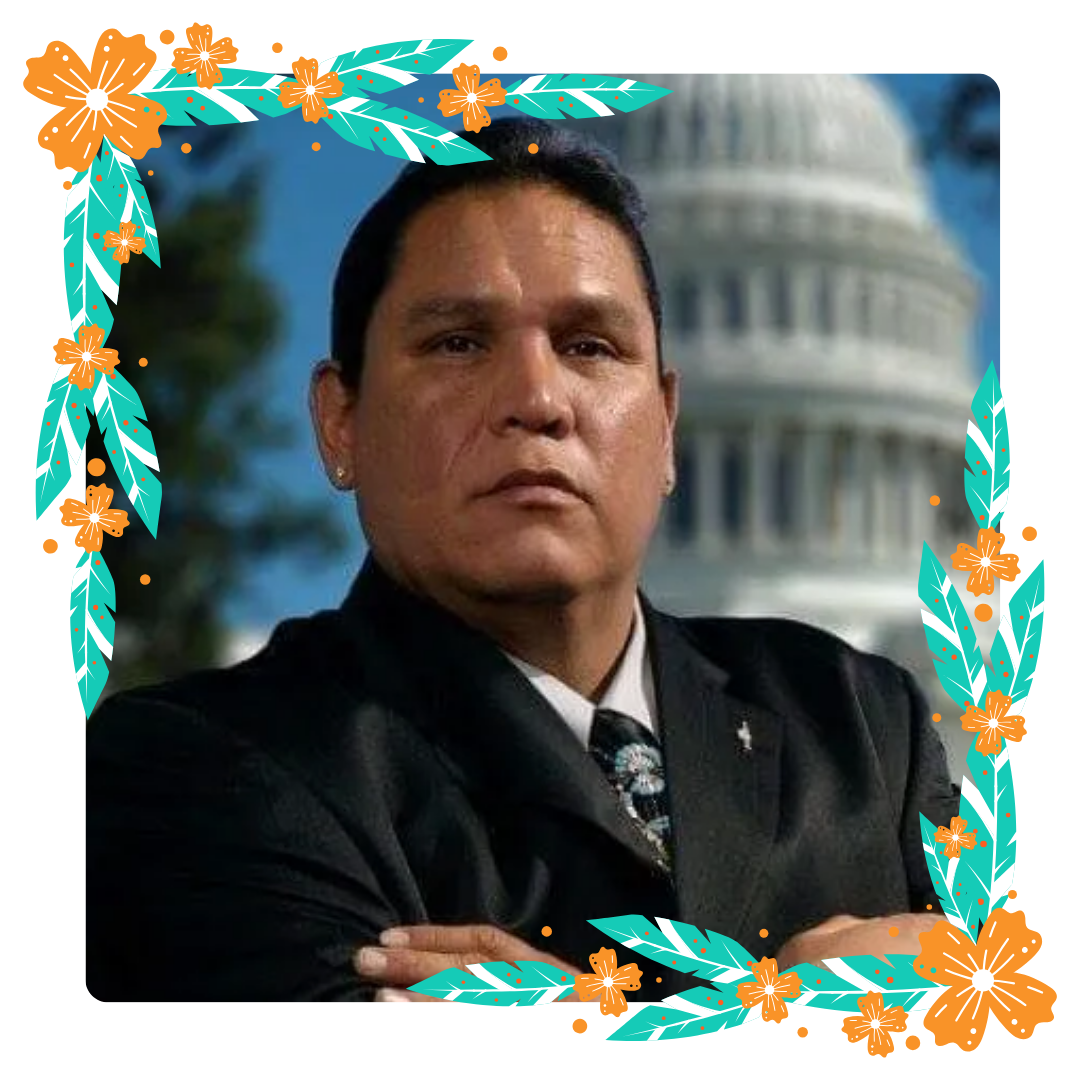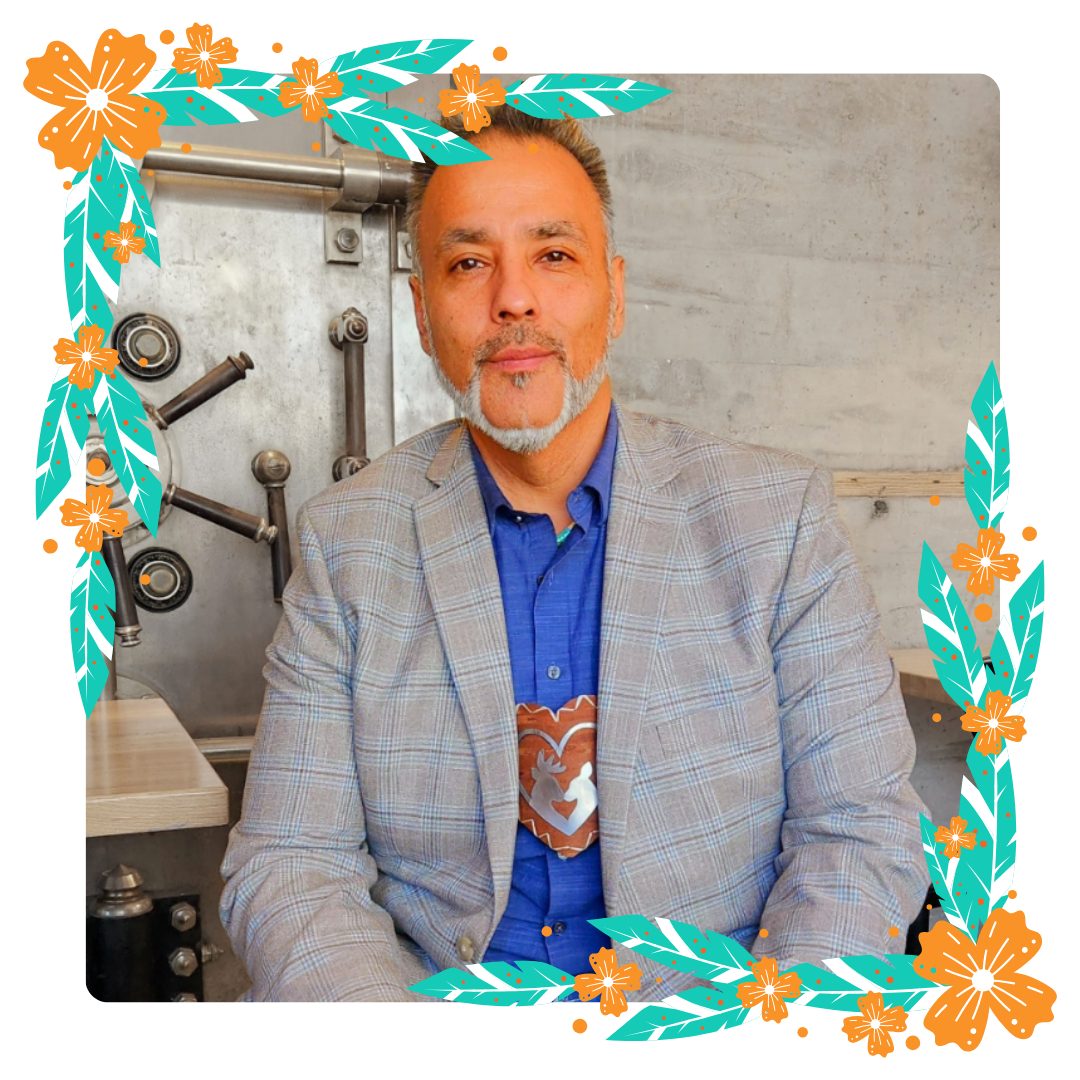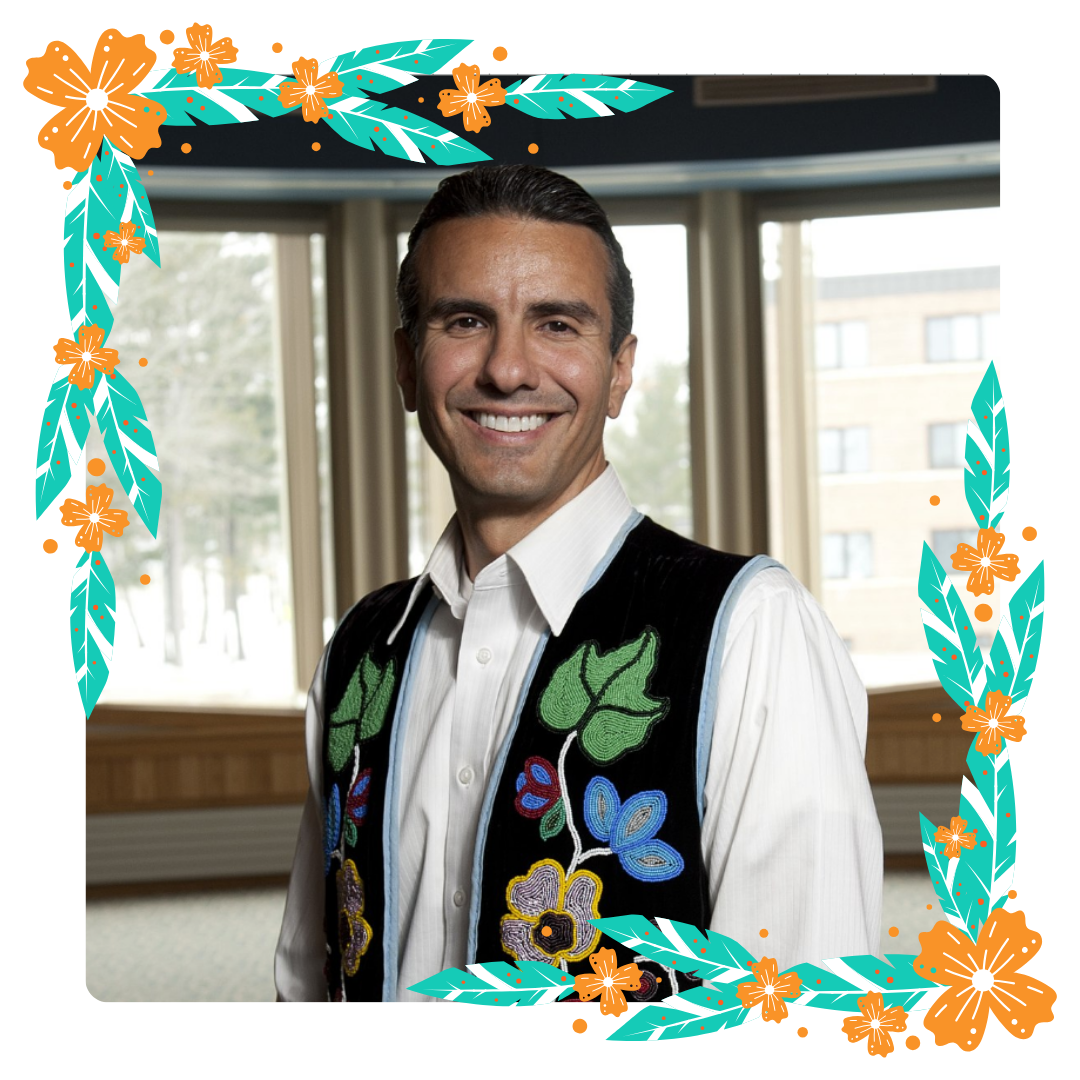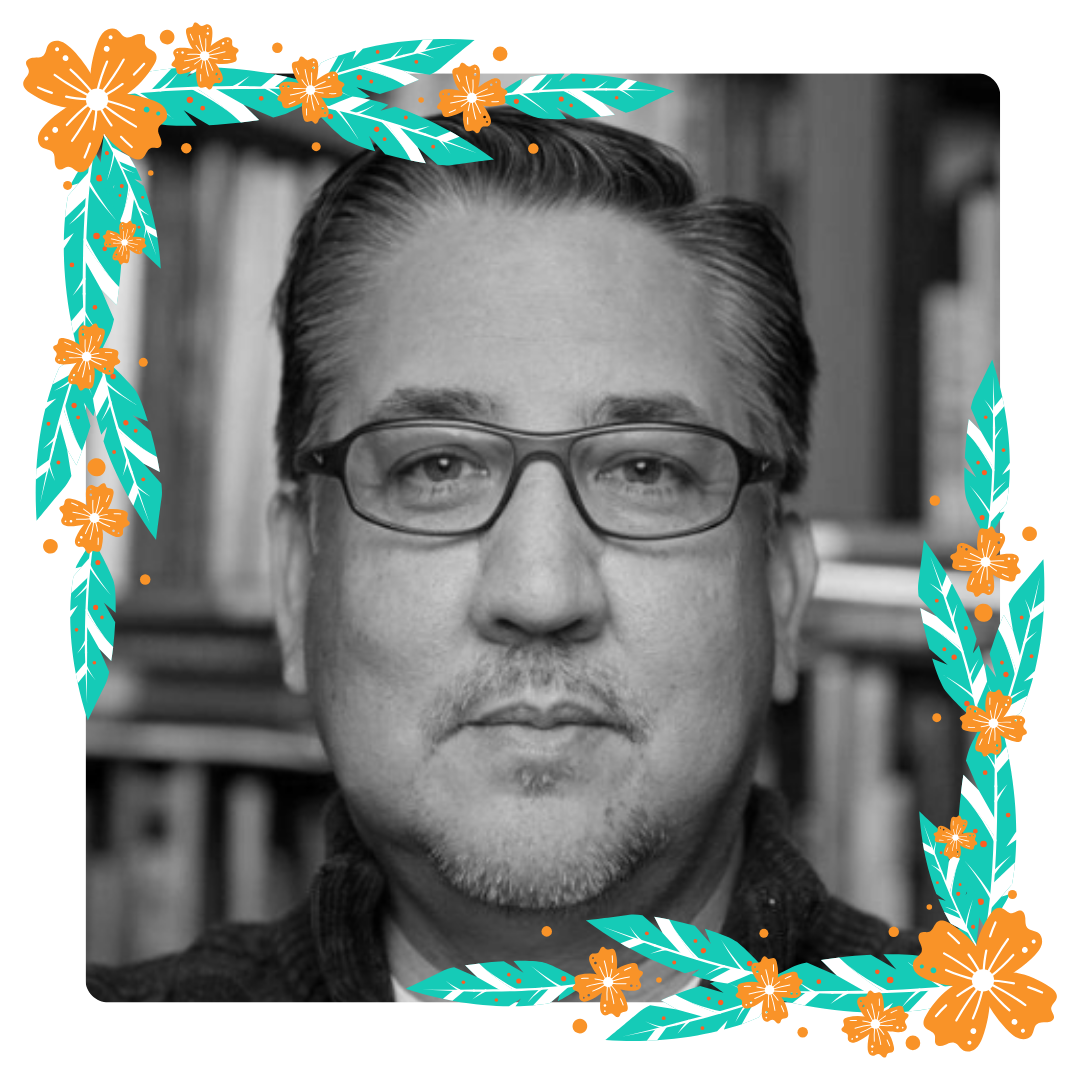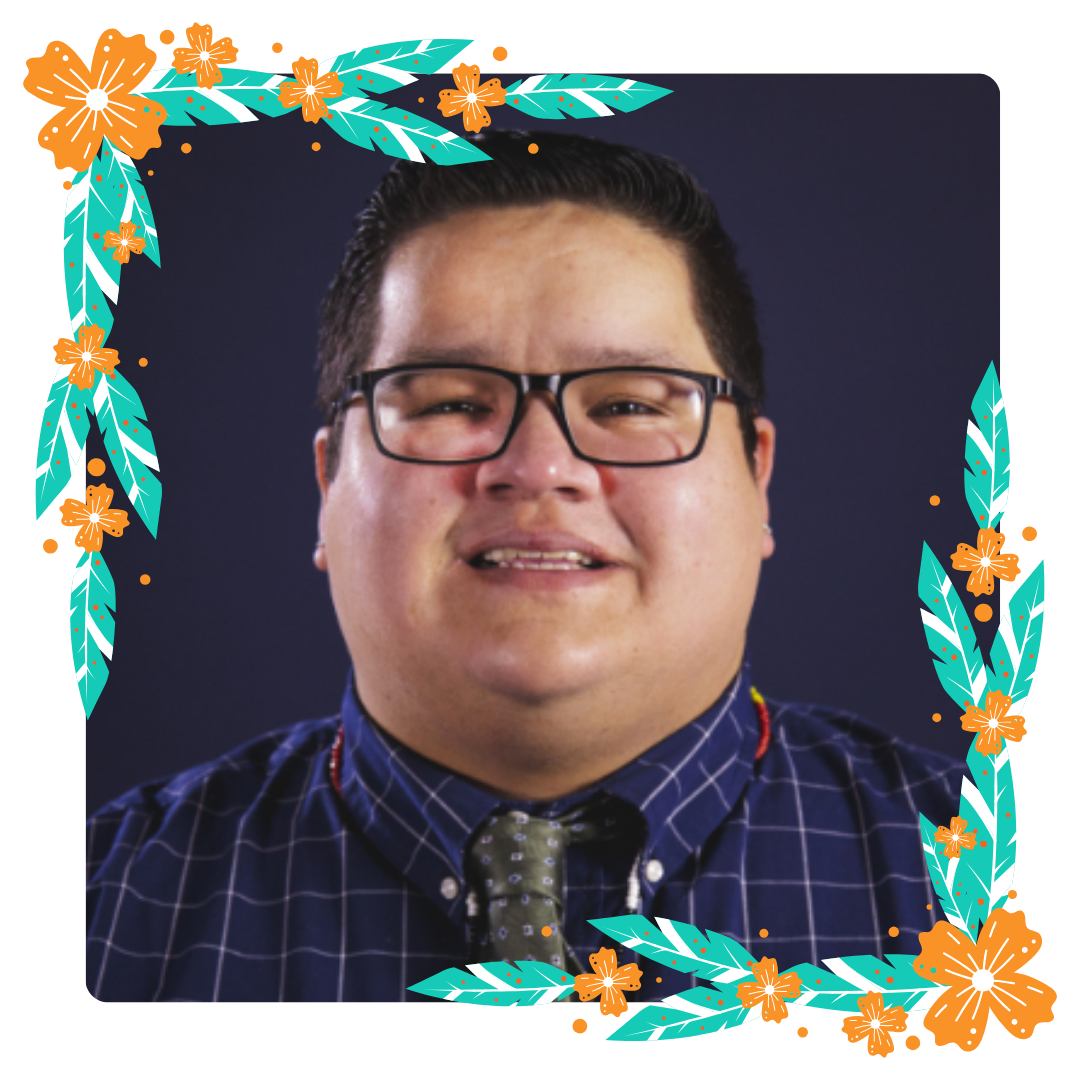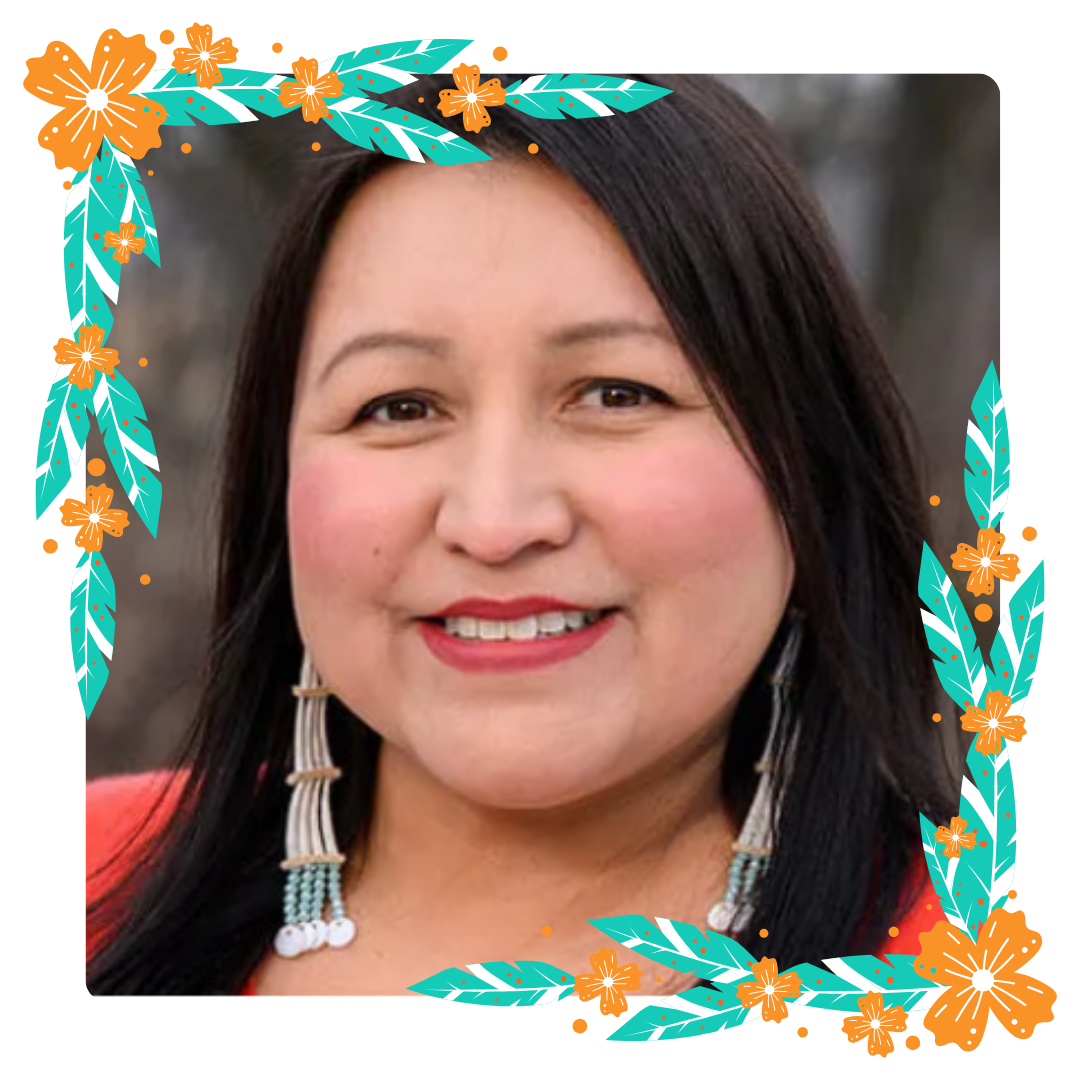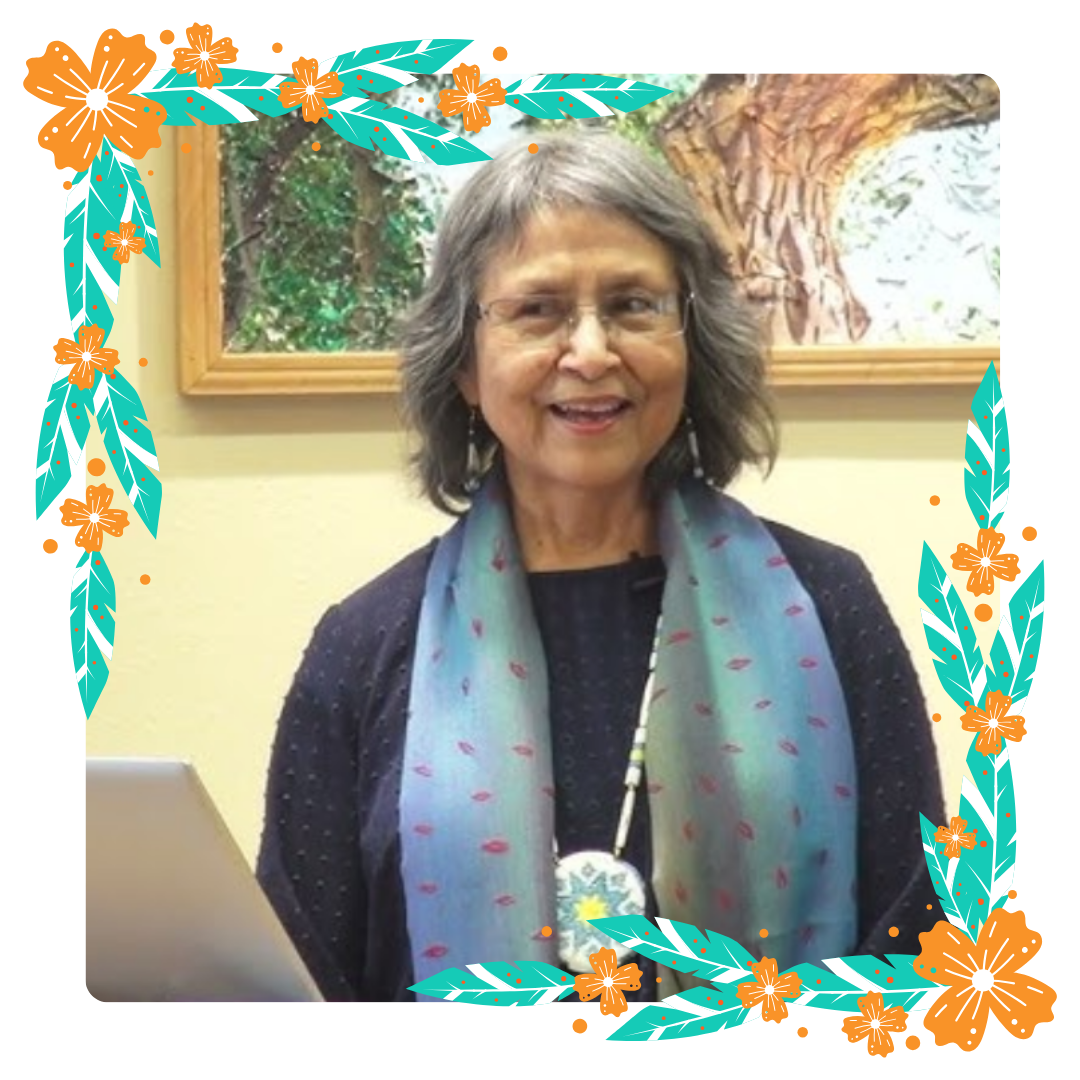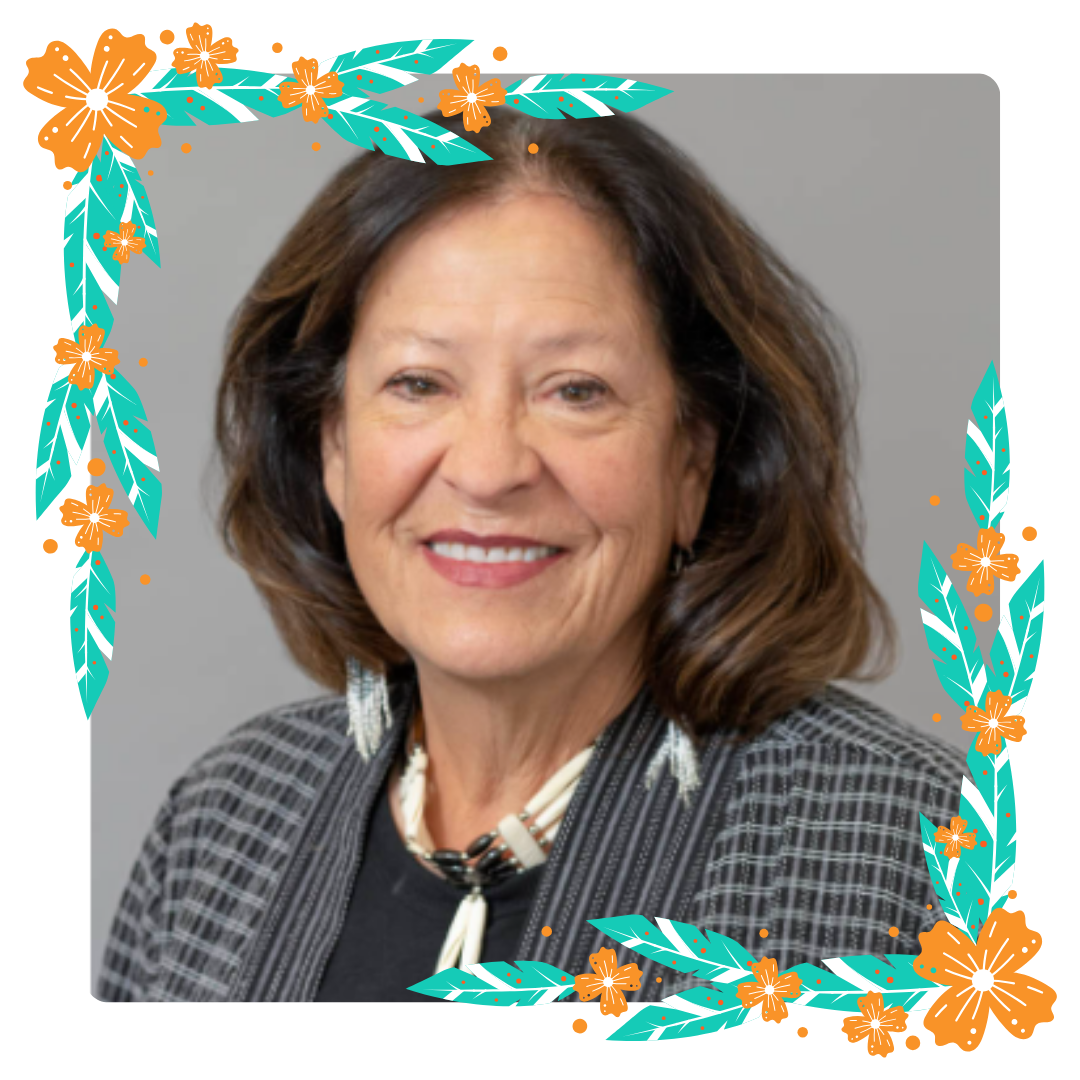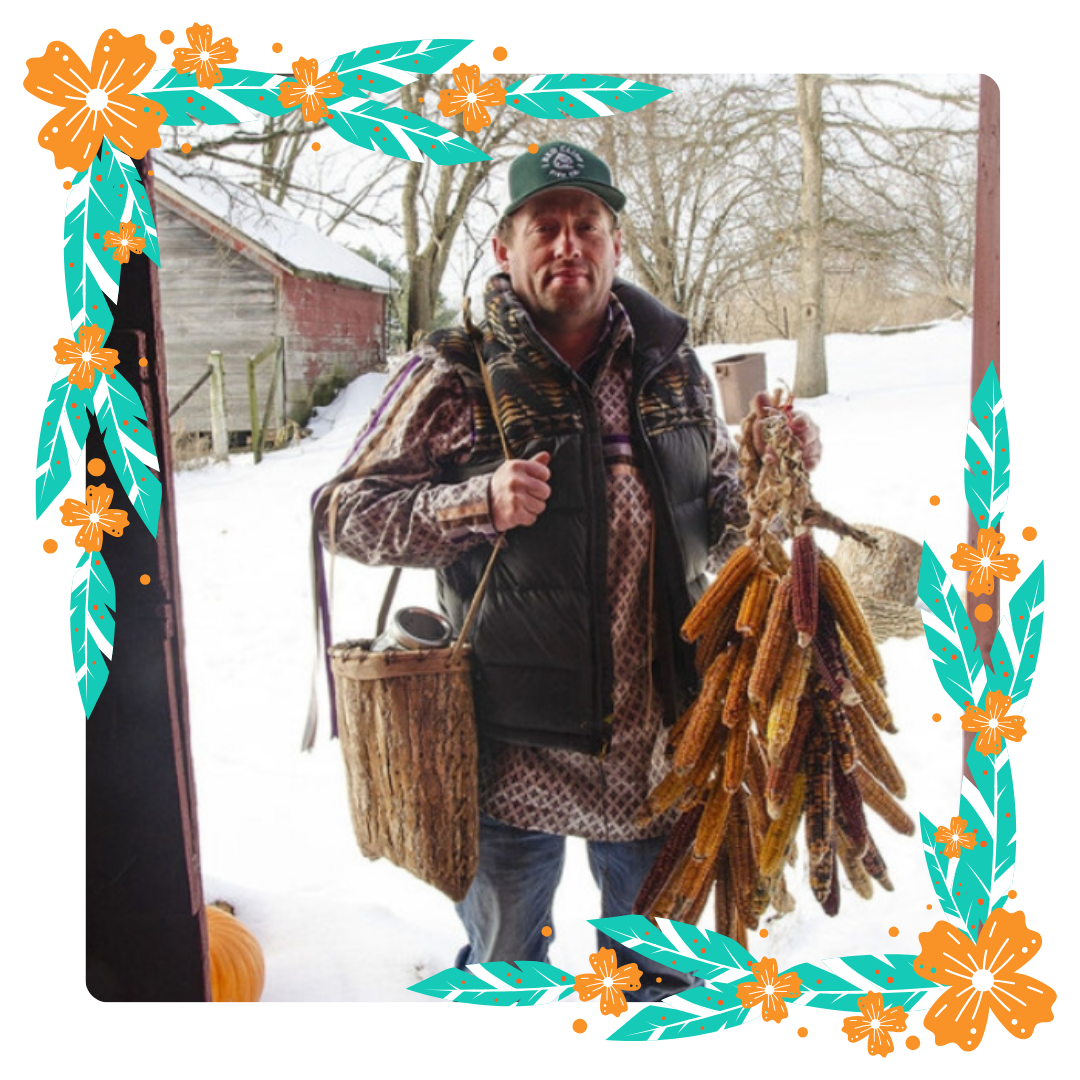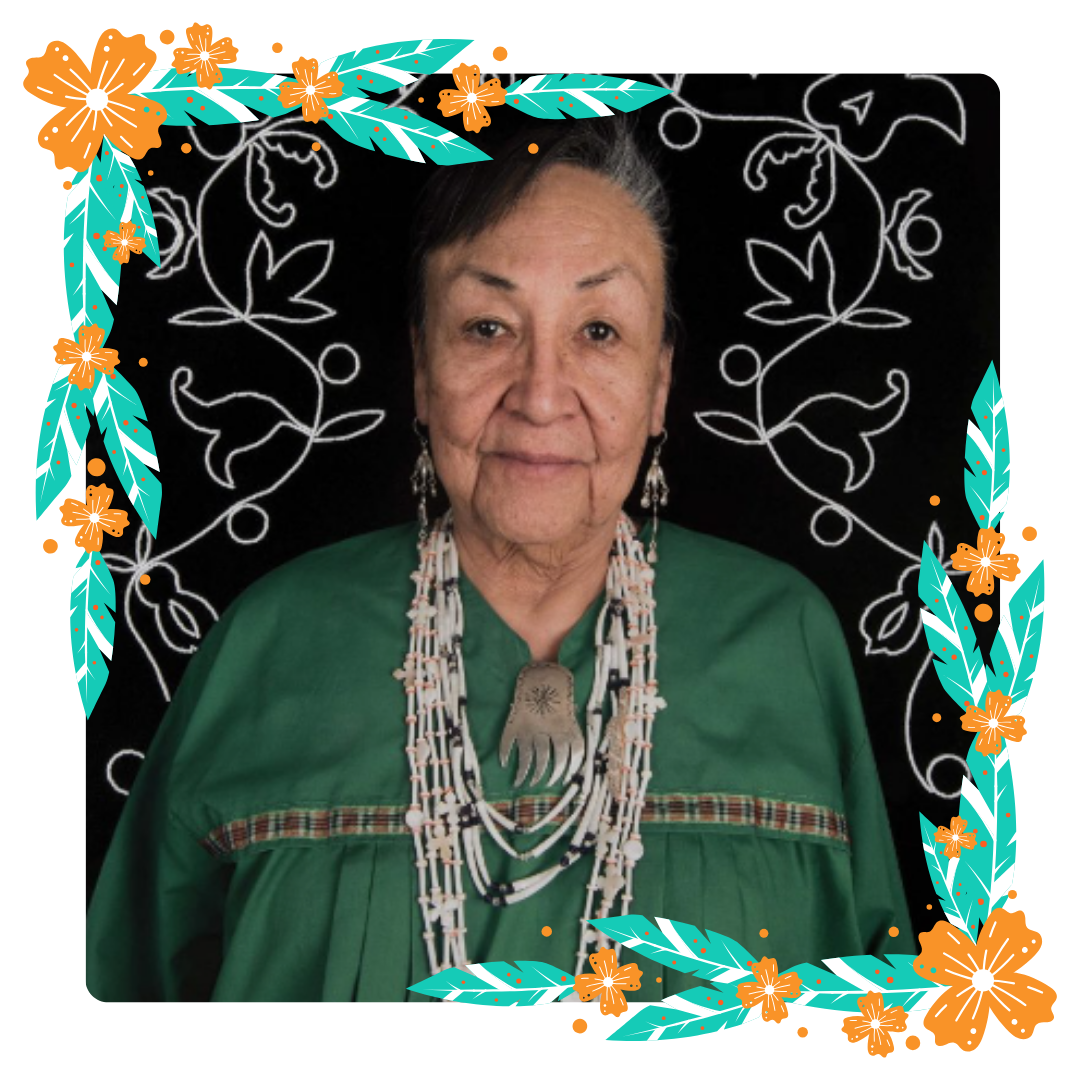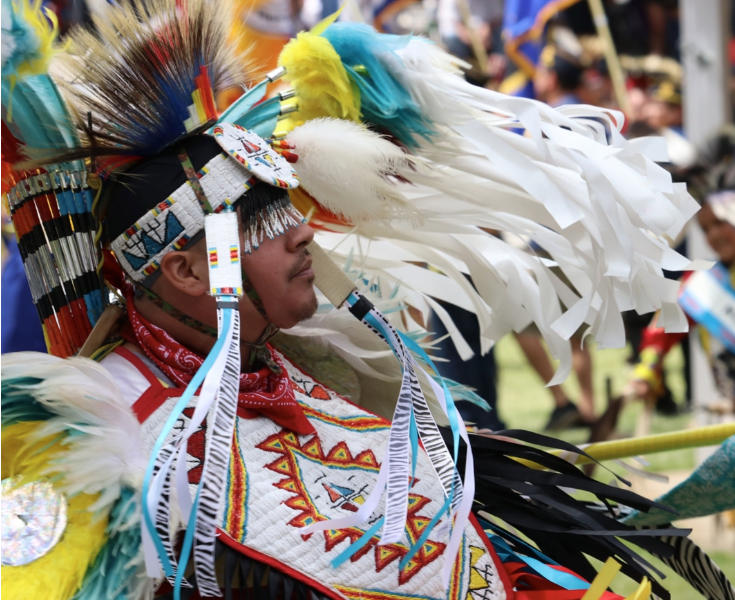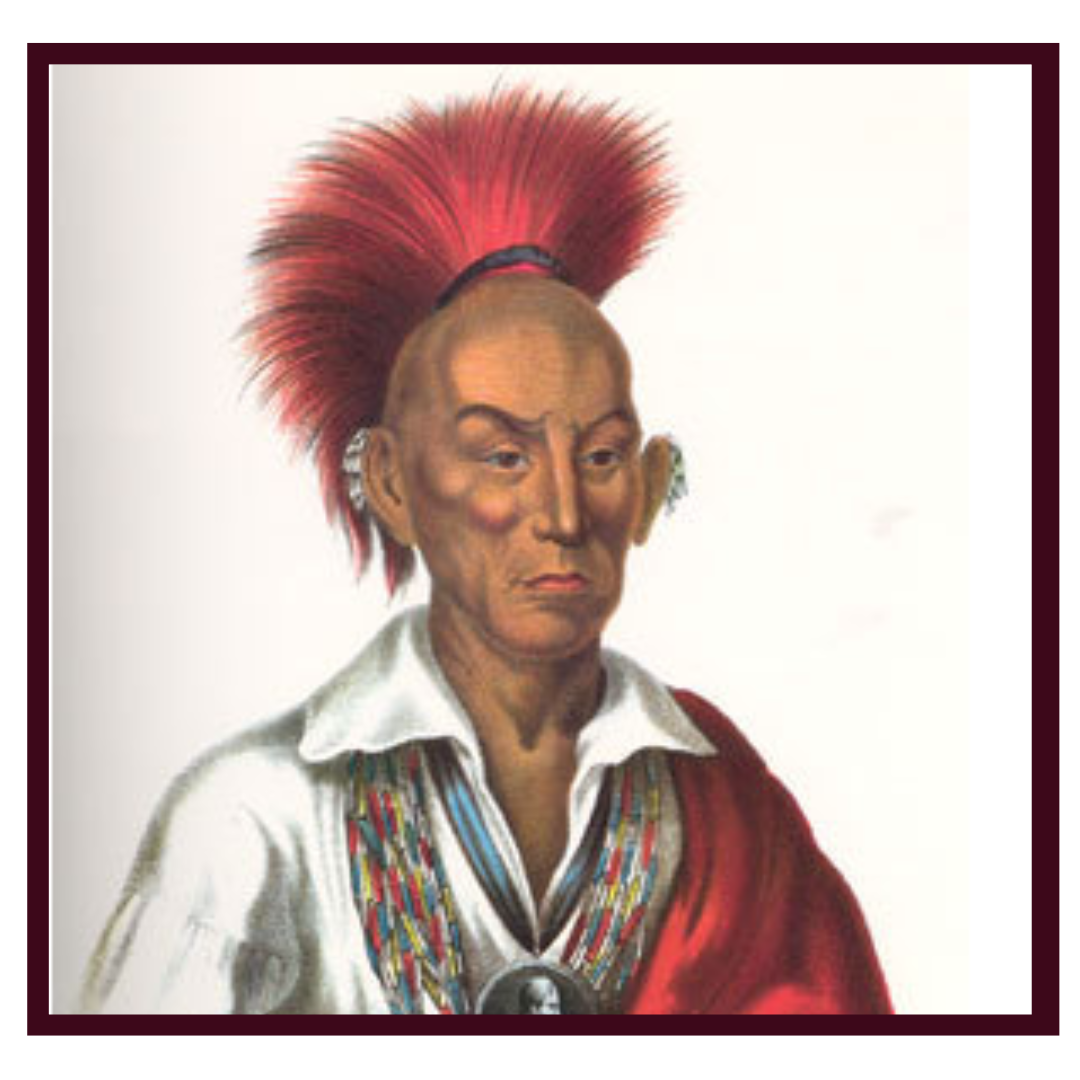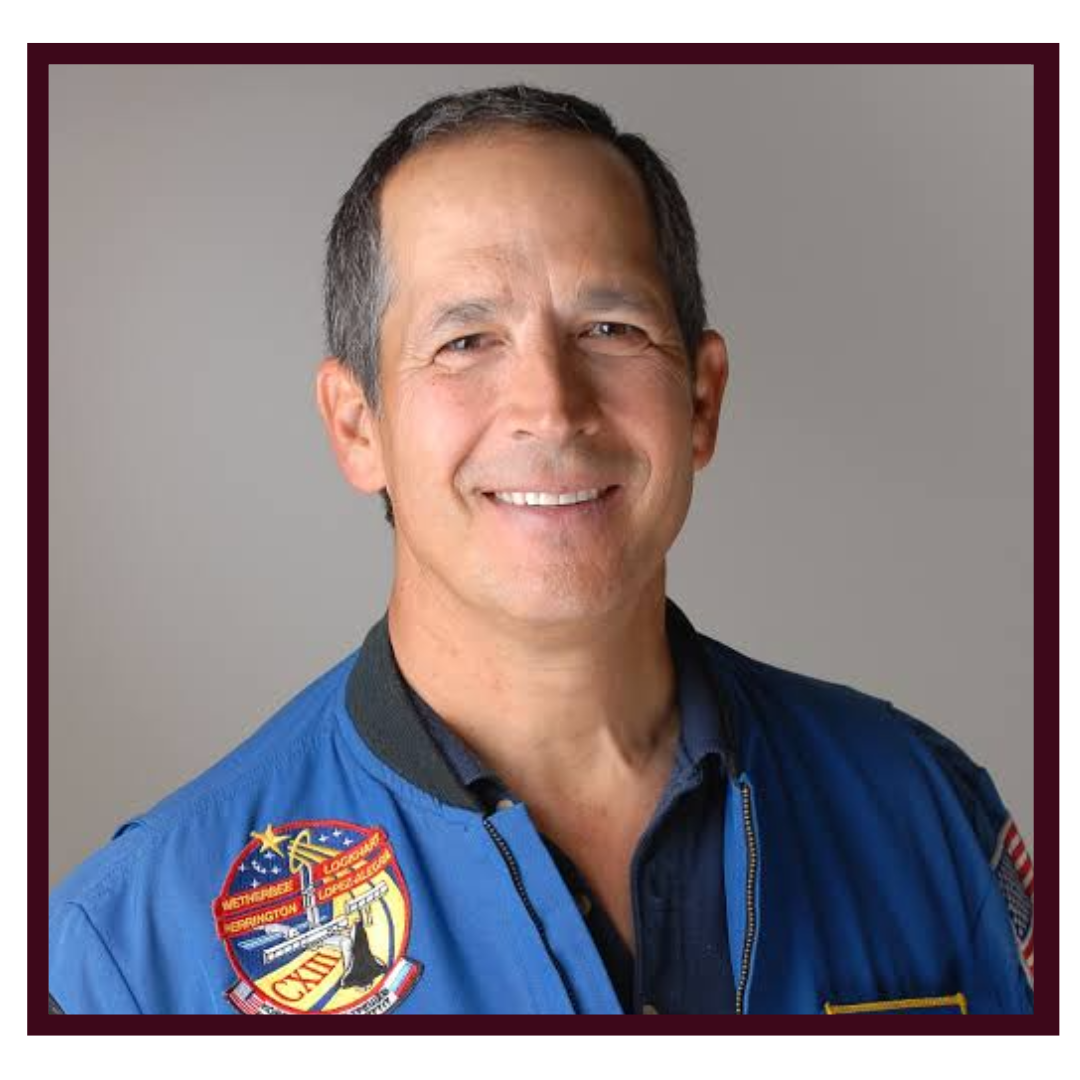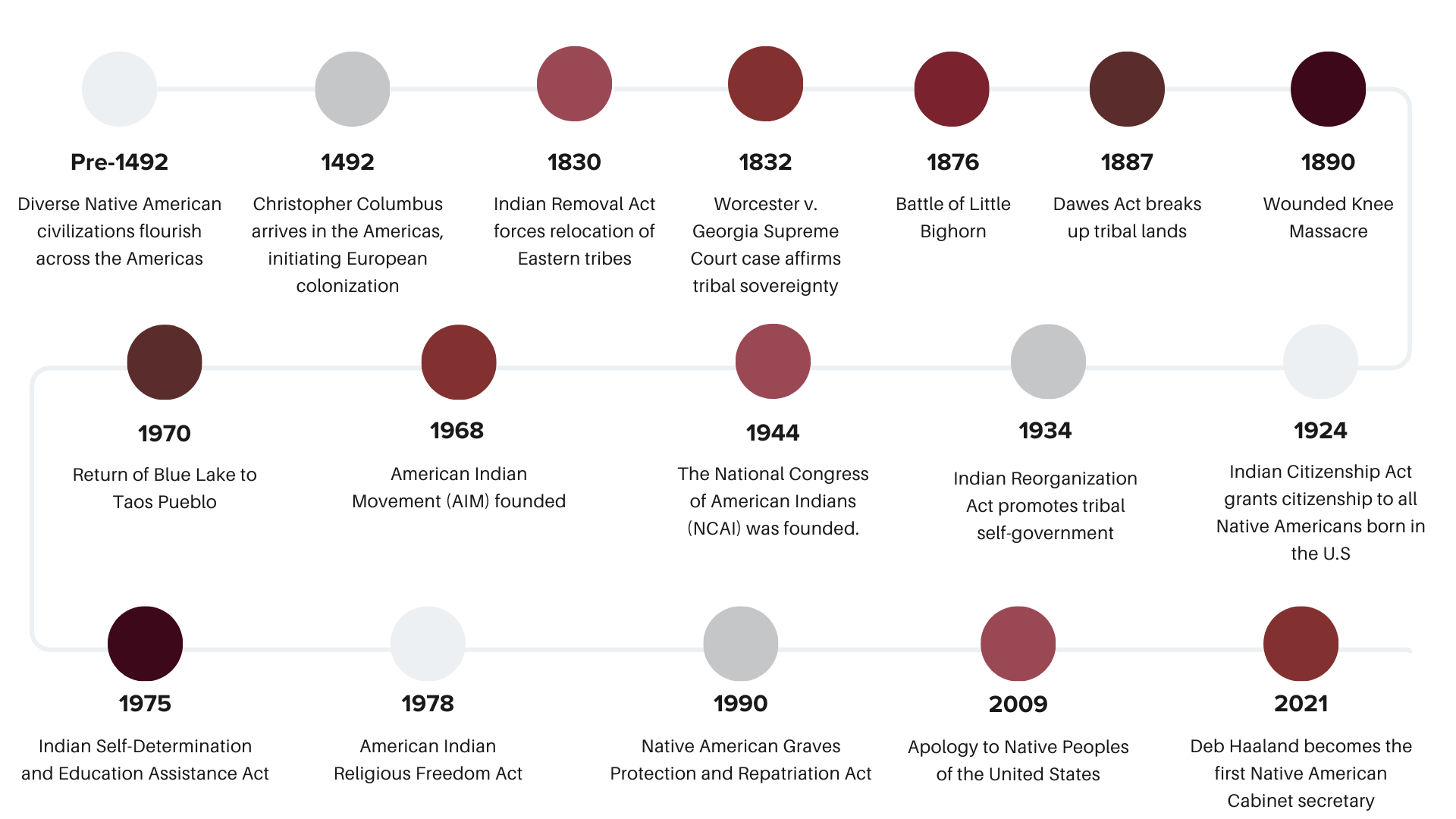Wisconsin, a name derived from the Ojibwe word “Wishkonsing,” meaning “place of the beaver,” is a land deeply intertwined with Native American heritage. The state’s cultural landscape has been shaped by millennia of Indigenous presence, with 11 federally recognized tribes and numerous urban Native communities contributing to its rich tapestry.
The significance of Native American culture in Wisconsin cannot be overstated. It permeates the state’s geography, with countless place names reflecting Indigenous languages and histories. From the shores of Gitche Gumee (Lake Superior) to the effigy mounds scattered across the land and even right here in Dane County, the land itself tells stories of ancient civilizations and ongoing traditions.
Wisconsin’s Native nations have been stewards of this land for generations. Their sustainable practices, particularly in forestry and wild rice cultivation, continue to influence modern conservation efforts. The Menominee Forest, managed by the Menominee Nation, stands as a globally recognized model of sustainable forestry.
In contemporary times, Native American culture in Wisconsin is a living, evolving force. It’s visible in the vibrant powwows that bring communities together, in the resurgence of traditional languages through immersion programs, and in the political arena where tribal nations assert their sovereignty and contribute to state governance.
The influence of Native American culture extends into Wisconsin’s economy, education, and arts. Tribal gaming operations have become significant employers and revenue generators. Native American studies programs at state universities foster understanding and preservation of Indigenous knowledge. Artists like Truman Lowe (Ho-Chunk) have gained national recognition, bridging traditional and contemporary forms of expression.
Understanding and appreciating Native American culture is crucial for all Wisconsinites. It’s not just about honoring the past but recognizing Indigenous peoples’ vital, continuing contributions to the state’s identity, economy, and future. As Wisconsin moves forward, the wisdom, traditions, and perspectives of its First Nations remain an invaluable guide in addressing contemporary challenges, from environmental stewardship to social justice.
To learn more about Wisconsin’s Native American history and resources, visit the First Nations page at this link!

